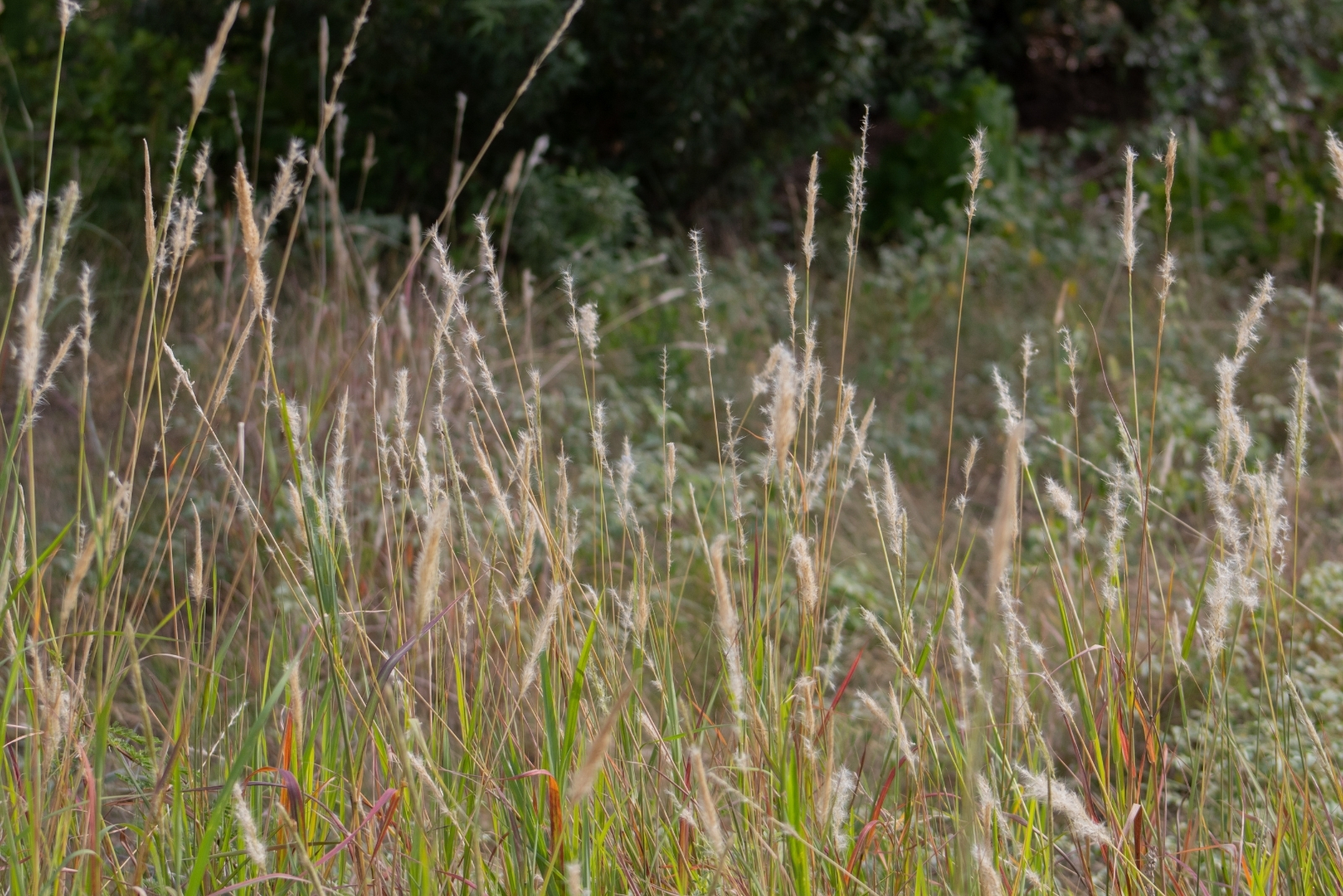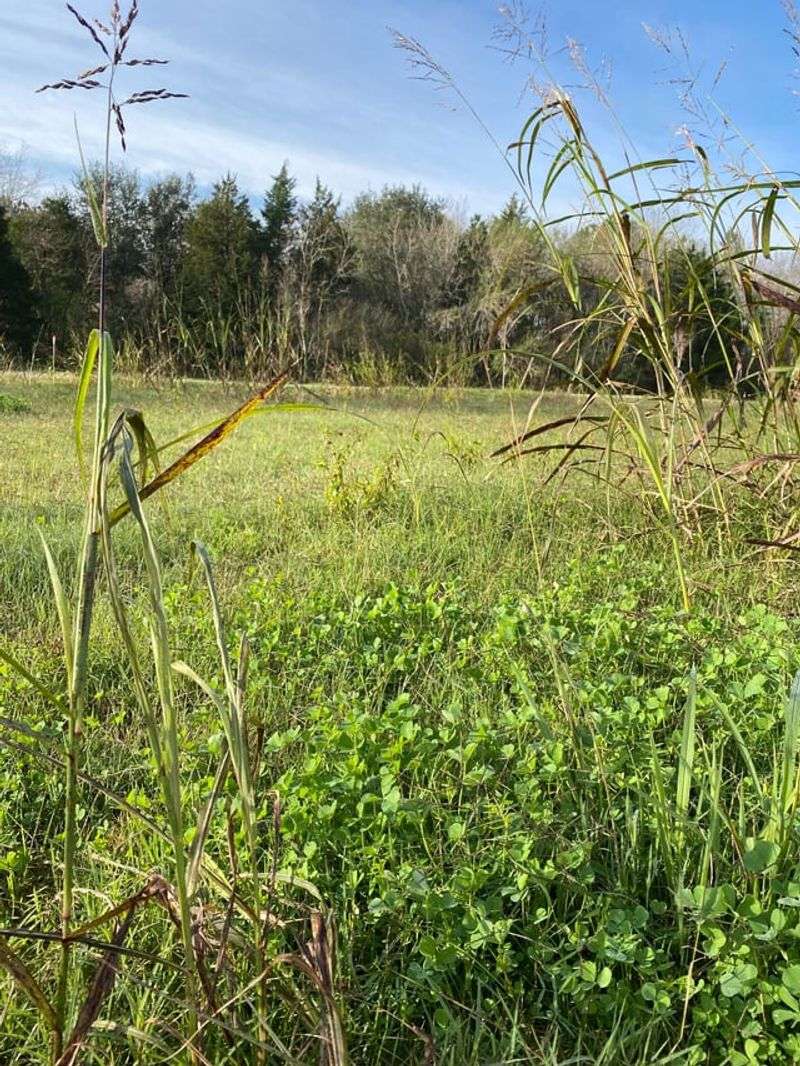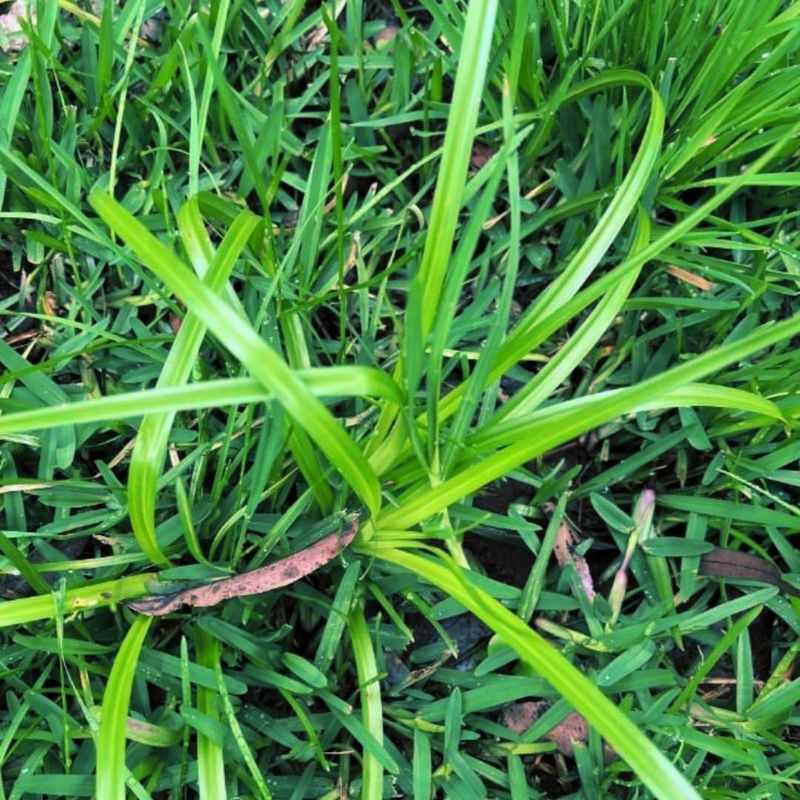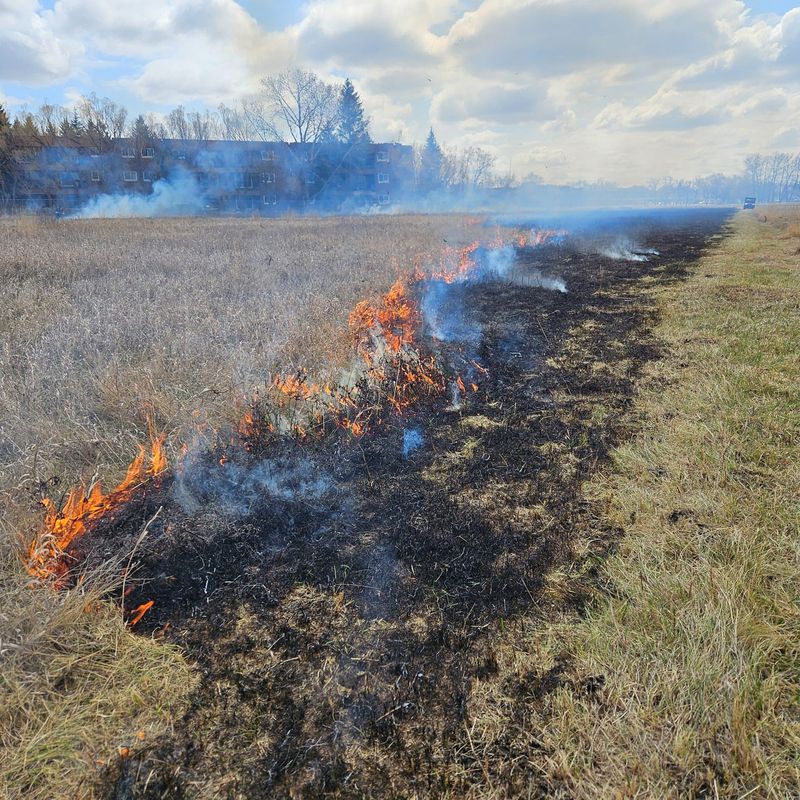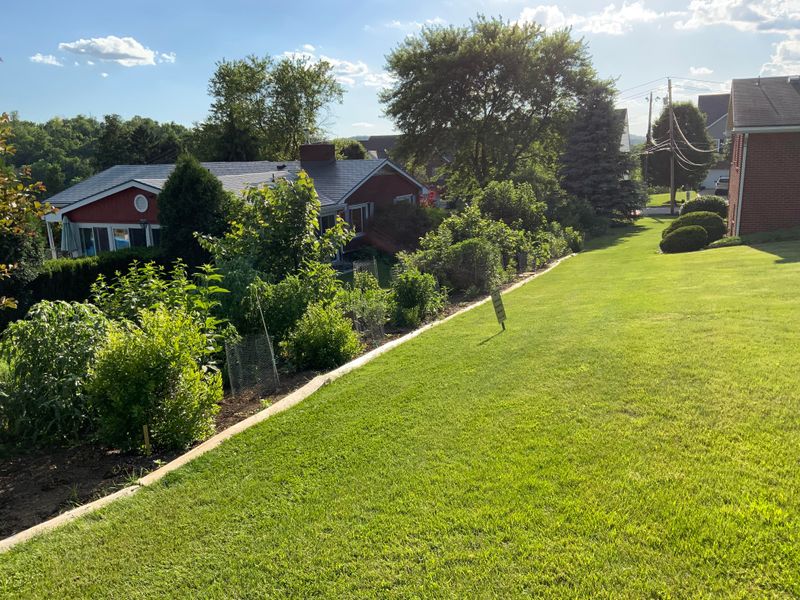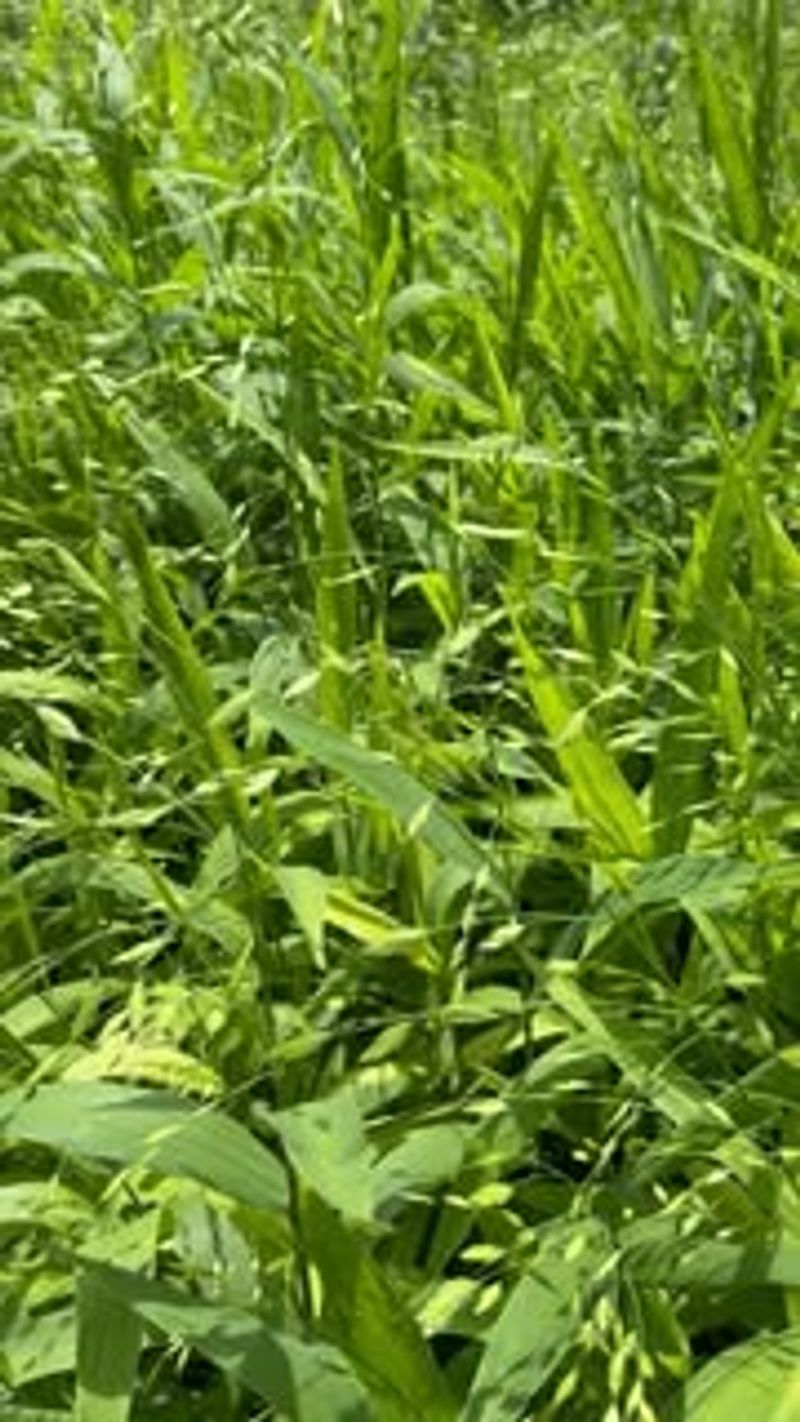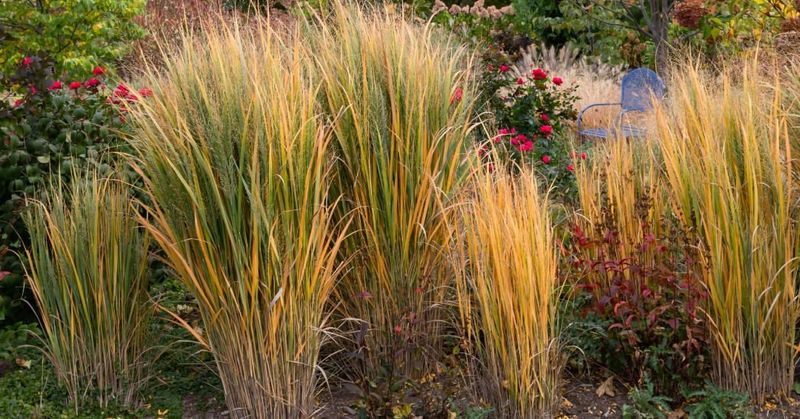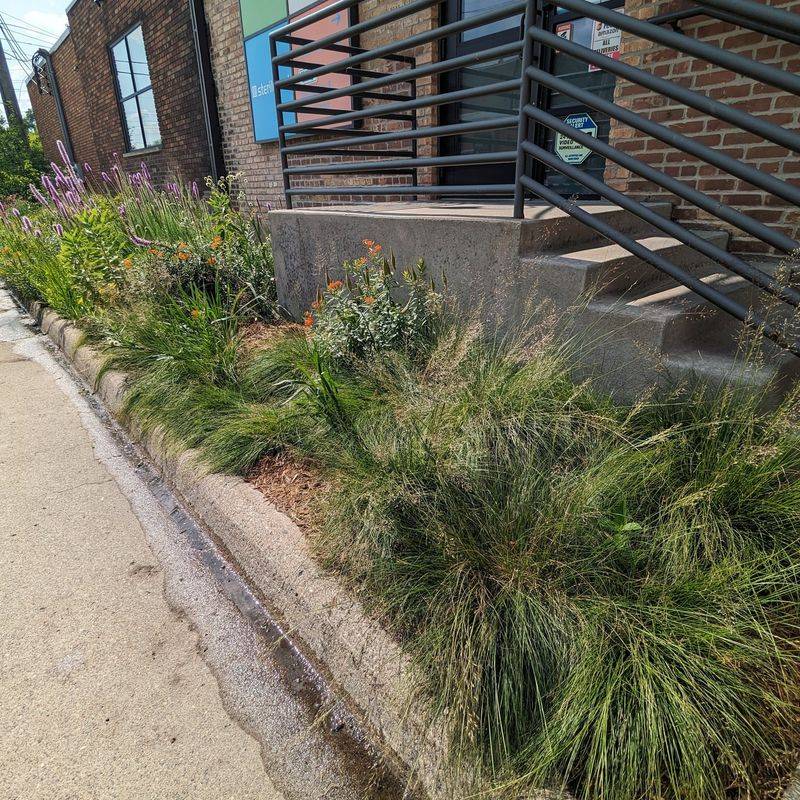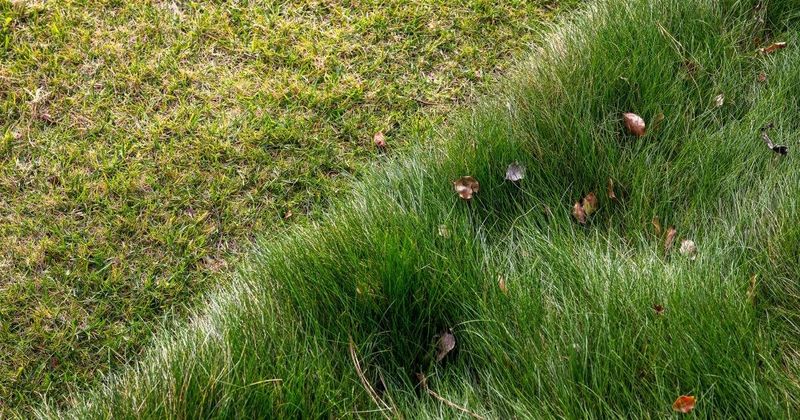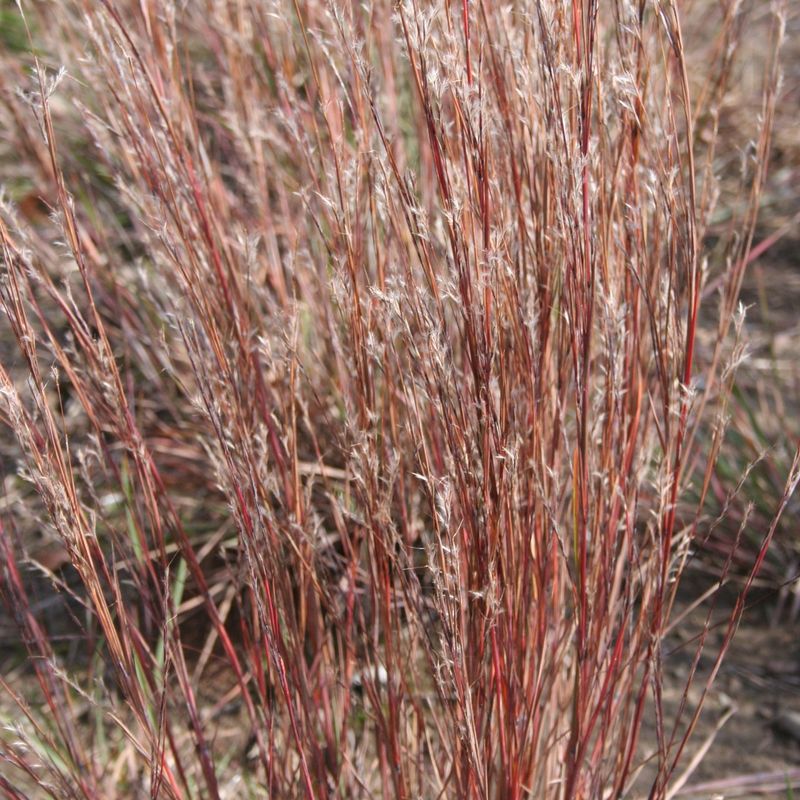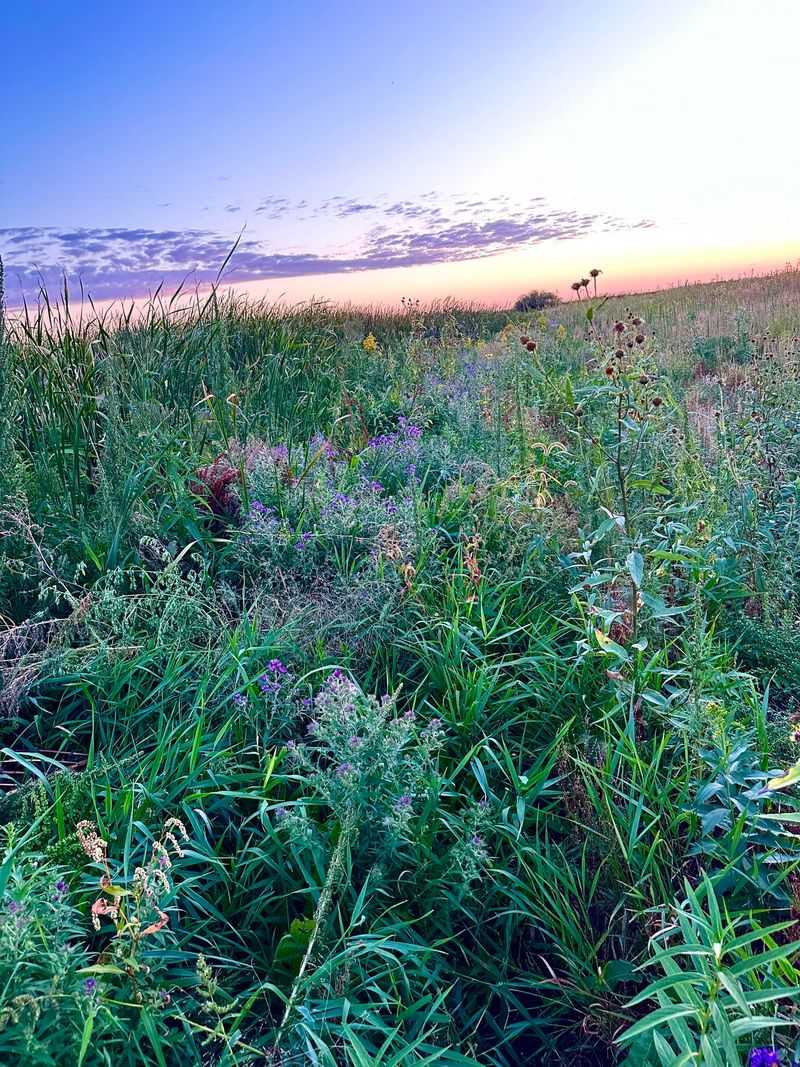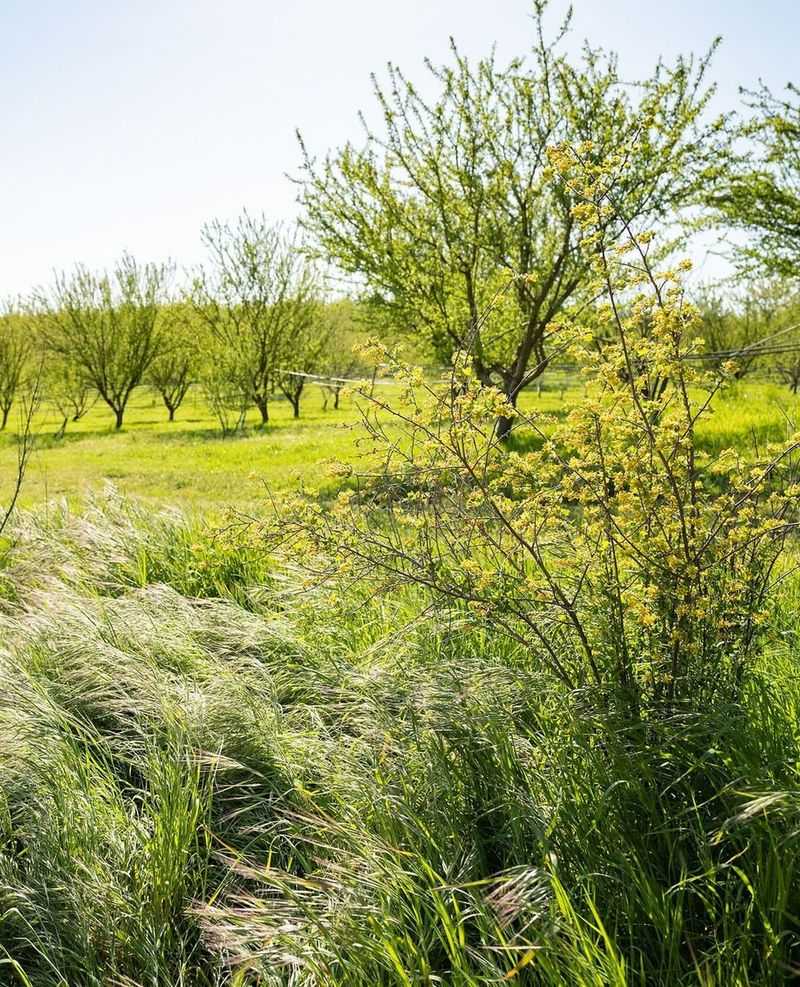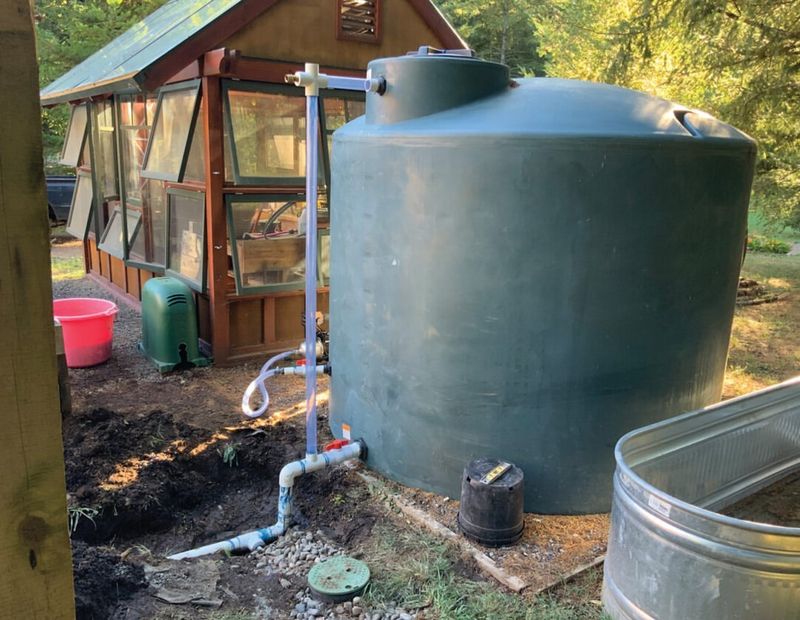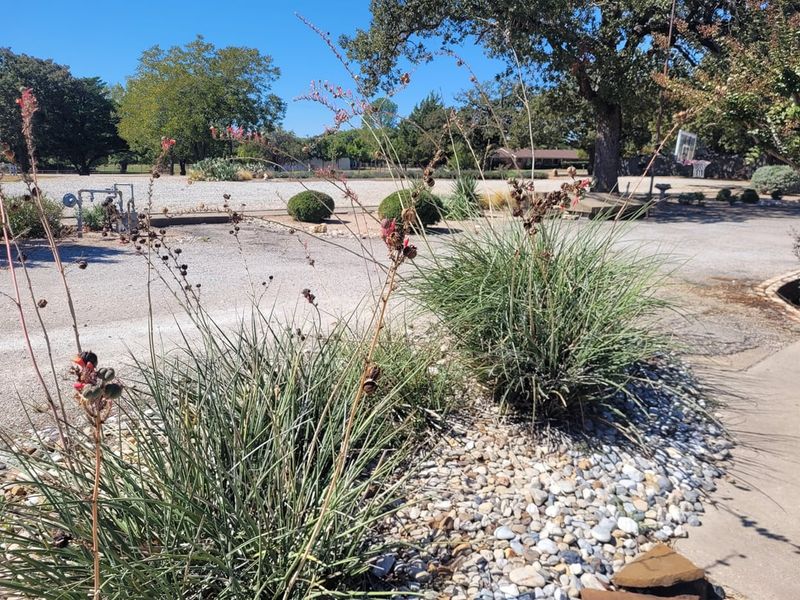Native grasses in Dallas sway with the rhythm of local winds and bring movement to the landscape. Regular trimming and seasonal care keep these corridors healthy.
They provide shelter for small wildlife and pollinators year-round. Deep roots help the soil stay stable during heavy rains. With steady attention, they remain a vibrant part of the garden.
1. Seasonal Mowing Schedules
Plan your mowing calendar around the natural growth cycles of Dallas native grasses. Cut only once or twice yearly—typically late winter—to prevent disrupting wildlife nesting seasons.
Mowing height matters too! Keep blades at least 6-8 inches high to protect the roots while removing just enough to stimulate healthy regrowth. Texas summers are brutal on freshly cut grass!
2. Strategic Watering Systems
Install drip irrigation rather than sprinklers to deliver water directly to root zones. This approach reduces waste and discourages shallow-rooted invasive species that thrive on surface moisture.
Morning watering sessions work best in Dallas’s climate, giving plants time to absorb moisture before the Texas heat intensifies. Native grasses need less water than you think—overwatering can actually harm their natural drought resistance!
3. Selective Weed Management
Hand-pulling works wonders for small infestations, especially after rain when the Dallas soil loosens up. Focus on removing invasive species before they flower and spread seeds throughout your corridor.
Spot-treatment with organic herbicides targets problem areas without harming beneficial Texas natives. Remember that some “weeds” might actually be native wildflowers that support local pollinators—learn to identify what belongs in your ecosystem!
4. Controlled Burns
Mimic nature’s renewal process with carefully planned burns that clear debris and stimulate new growth. Always coordinate with Dallas Fire Department and obtain proper permits before attempting this traditional management technique.
The heat from controlled burns breaks dormancy in certain Texas native grass seeds while eliminating woody plants trying to take over. Schedule burns during winter dormancy when wildlife impact is minimal and humidity levels in Dallas make the process safer.
5. Buffer Zone Creation
Establish transition areas between grass corridors and developed spaces. These buffers absorb runoff, reduce erosion, and create additional habitat diversity within your Dallas green space.
Mix shorter grasses and wildflowers in these zones to create a visually pleasing border that still supports Texas wildlife. Good buffer design helps prevent garden escapees from neighboring properties from invading your carefully maintained native corridor.
6. Soil Health Monitoring
Regularly test your soil to understand its composition and needs. Dallas’s clay-heavy soils often benefit from organic amendments that improve drainage while maintaining moisture retention for native grasses.
Avoid chemical fertilizers that can create dependency and disrupt the natural balance. Instead, top-dress with compost that mimics Texas’s natural soil-building processes, adding just a thin layer that won’t smother existing plants.
7. Native Seed Collection
Harvest seeds from thriving sections to expand your corridor or repair sparse areas. Timing matters—collect when seeds are mature but before they naturally disperse across the Dallas landscape.
Store collected seeds properly in paper bags in cool, dry locations. The Texas climate can be unpredictable, so having a seed bank ready ensures you can respond quickly to weather events that might damage portions of your grass corridor.
8. Wildlife Monitoring Programs
Set up trail cameras to track which animals use your corridor. This data helps determine if your management practices are successfully supporting Dallas’s urban wildlife movement patterns.
Consider partnering with local Texas universities or nature groups for citizen science projects. Documenting butterflies, birds, and small mammals creates valuable research data while also providing feedback on the health of your native grass ecosystem.
9. Volunteer Stewardship Teams
Organize regular workdays with community members to share maintenance tasks. Many hands make light work, especially for labor-intensive projects like initial corridor establishment in Dallas neighborhoods.
Create educational opportunities during these events to build public support. Explaining the ecological benefits of native grasses helps Texas residents understand why these corridors look different from conventional landscapes—and why that’s actually better!
10. Connectivity Mapping
Survey surrounding areas to identify potential connections between existing corridors. Even small links between larger patches dramatically improve wildlife movement throughout Dallas’s urban landscape.
Work with neighboring property owners to create a network effect. The power of Texas native grass corridors multiplies when they connect across property lines, creating true wildlife highways that span significant distances through the city.
11. Educational Signage Installation
Place informative signs along corridor edges to explain the ecological purpose of this seemingly “messy” landscape. Well-designed signage prevents misunderstandings about why these areas look different from manicured lawns.
Include QR codes linking to more detailed information about Dallas’s native ecosystems. This Texas-specific educational approach helps transform complaints into appreciation as neighbors learn about the intentional nature of your maintenance strategy.
12. Seasonal Species Rotation
Introduce complementary native plants that thrive during different seasons. This approach ensures your Dallas corridor provides resources for wildlife year-round, not just during peak growing periods.
Consider cool-season and warm-season grasses working together. The Texas climate supports both types, and this diversity creates resilience against weather extremes while providing continuous habitat value even as individual species go dormant.
13. Rainwater Harvesting Systems
Capture precipitation from nearby structures to supplement natural rainfall. Simple rain barrels or more complex cisterns provide emergency water during Dallas’s notorious summer dry spells.
Design swales that direct water flow through your corridor rather than away from it. These gentle depressions help Texas native grasses capture precious moisture, reducing erosion while maximizing the benefit from each rain event.
14. Corridor Width Optimization
Aim for minimum widths of 30 feet wherever possible to support core habitat functions. Narrow corridors might look connected but often fail to provide adequate protection for wildlife moving through Dallas neighborhoods.
Gradually widen existing narrow sections over time as opportunities arise. Even small annual expansions add up, creating more resilient Texas native grass highways that better withstand edge effects from surrounding urban development.
15. Adaptive Management Planning
Document everything—successes and failures—to refine your approach over time. No single management strategy works perfectly in Dallas’s variable climate and urban conditions.
Review your plan annually and adjust based on observed results. The Texas ecosystem is dynamic, and your management should be too—flexibility allows you to respond to changing conditions, new invasive threats, or unexpected wildlife needs in your native grass corridor.

